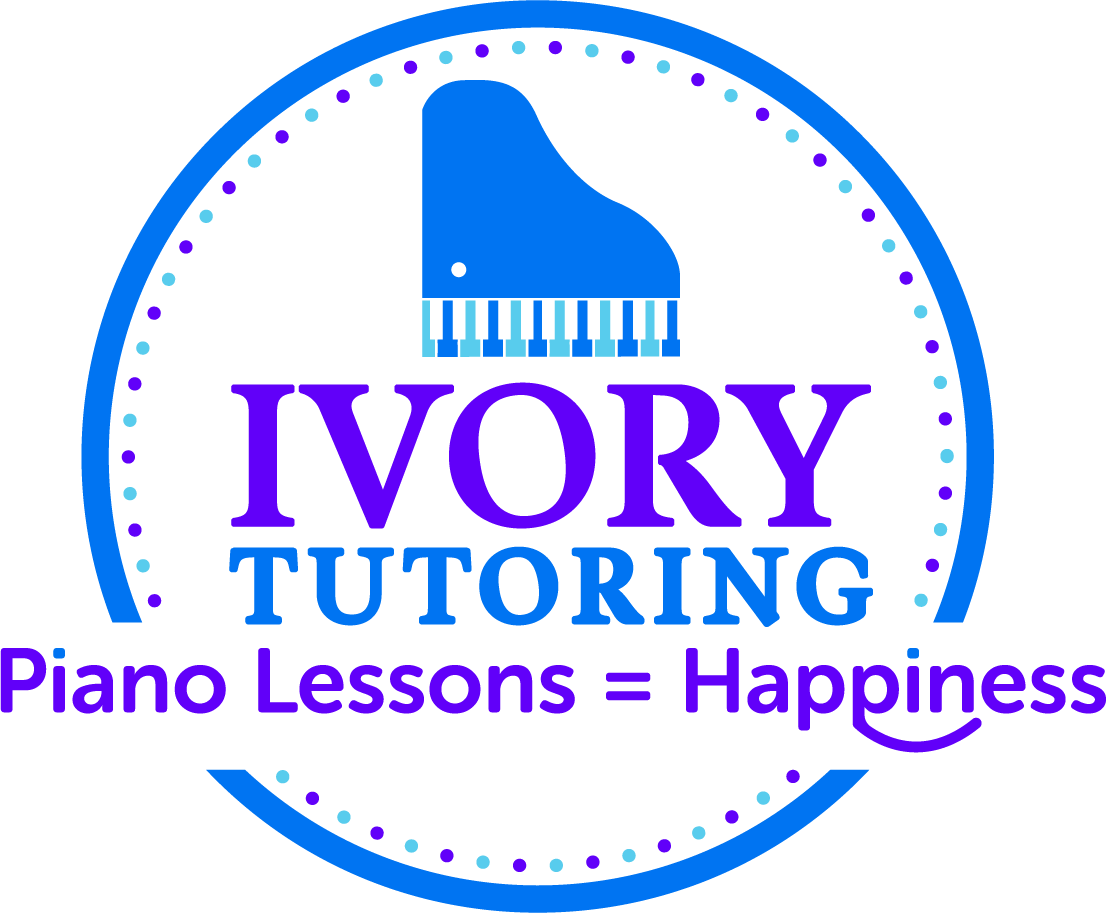Tips & Tricks to tackling the Grade 7 Practical Piano Exam: How I did it
At around October 2020, I decided that I will tackle the big baby: the Grade 7 Comprehensive AMEB Piano Exam. I decided that I will NOT be in a great rush to do it, as I wanted to take it slowly and not stress myself out amidst all the other things I was doing (full-time Psychology uni studies, teaching piano, working casually as a Campus Brand Ambassador, etc etc). I ended up taking the exam in early September 2021, after months of taking weekly lessons, practising hard at home, and listening to the AMEB recordings of the exam pieces on repeat. My biggest accomplishment was not JUST passing the exam with credit, but rather, 1) completely reframing the ‘exam situation’ in my mind from a stressful scenario to an opportunity where I get to showcase beautiful music and piano skills, and 2) to enjoy the whole process of preparing for the exam and come up with creative ways to prepare for it. In this article, I’d love to share with you the things I did and the steps I took to pass Grade 7 Piano calmly and happily.
1) Scales: Don’t we all love scales. I’m actually not being sarcastic on my behalf – I LOVE starting off a good practice session with scales and technical exercises to warm up my fingers. As you know, each Grade of Piano has a prescribed list of scales to practise, which the candidate must play fluently from memory, with different dynamics, and within tempo. I decided that the best way to HOLISTICALLY practise my scales would be to create a flashcard set with ALL the possible combinations of scales, shuffle them out, and practise 5 at a time. I used the website ‘Quizlet’ to create a ‘Grade 7 Scales Flashcards’ study set, where I listed down ALL the possible combinations of scales I could get in the exam: all the scales, all the possible dynamics, and the different hand combinations (RH/LH/Together). This is how it looked like (155 flashcards in total):
I then printed all these flashcards out using the ‘Print’ tool, and cut them out nicely into rectangles, like this:
I mixed them all up, and placed them in a little ‘Scales’ container, with a ‘Try again’ and ‘Good’ container/cup side by side:
And each practice session, I would practise about 5-10 scales (with the metronome), then place them in the appropriate container/cup.
2) Pieces: I’m a very visual learner, so I went ALL OUT with writing all over my music. I photocopied my pieces, and went all out with writing comments/using different colour highlighters to mark different things in the music. My notes looked like this:
Closer to the exam, I started practising off the actual sheet music directly from the AMEB book, to emulate the exam situation.
Speaking about emulating the exam situation – there’s a concept called: ‘Encoding Specificity Principle’, which states that memories are linked to the context in which they are created. In the Cognitive Psychology course I took at university, we learnt that when there is a match between your STUDY ENVIRONMENT and TEST ENVIRONMENT, this will help your memory retrieval. I decided to use this principle to my advantage, and try and replicate the exam situation as much as possible with my family and friends. I sat down my parents, my friends, and my music teachers from HS (on separate occasions), and played my pieces for them. I gave them each a piece of paper to give me a grade for my pieces, and provide feedback for improvement as well. I then implemented this feedback into my playing to become even better. Lastly, I got them to rank the pieces in order from best – worst, so it would help me choose the order of the pieces to play during the exam (and yes, you can choose your order!). People tend to remember the first and last thing they hear, so I chose to play my best 2 pieces at the start and at the end of the exam.
3) General Knowledge – A pretty small component of the exam, but a component that is easy to nail if you are determined to put in some hard work. What I did was create a table on an A3 Word document, with all the pieces in the top row, and a column containing all the different components I could get asked about in the exam (i.e., composer name, composer fact, key of piece, etc). I colour coded each column in a different colour for easy reference, then made flashcards on Quizlet to quiz me on the terms and definitions. Here’s how the table and Quizlet set looked like:
These resources, as well as reading further information about each composer & eras, helped me to prepare for the General Knowledge section in the exam and gain interesting new knowledge about the history of music.
4) The right ‘state of mind’: Last but not least! My state of mind for entering the exam. I was super determined to ENJOY the exam, and not to fret or be anxious during it. Together with my trusted coach, I discussed how I want to show up in the exam, and we came up with the following: Pure piano enjoyment, confidence, compassionate fire, enjoy, breathe, etc. I then drew up a visual representation of it on the whiteboard I have in my room:
And no joke – looking at it in the days leading up the exam worked a miracle. These words became a reality, and I was able to enjoy and complete transform my exam experience. When the certificate came in the email, I was one happy camper.
If you have an AMEB exam coming soon, why not try these tips ? I would love to hear if any of these ideas resonated with you in the comments below. Until then, keep making beautiful music.









